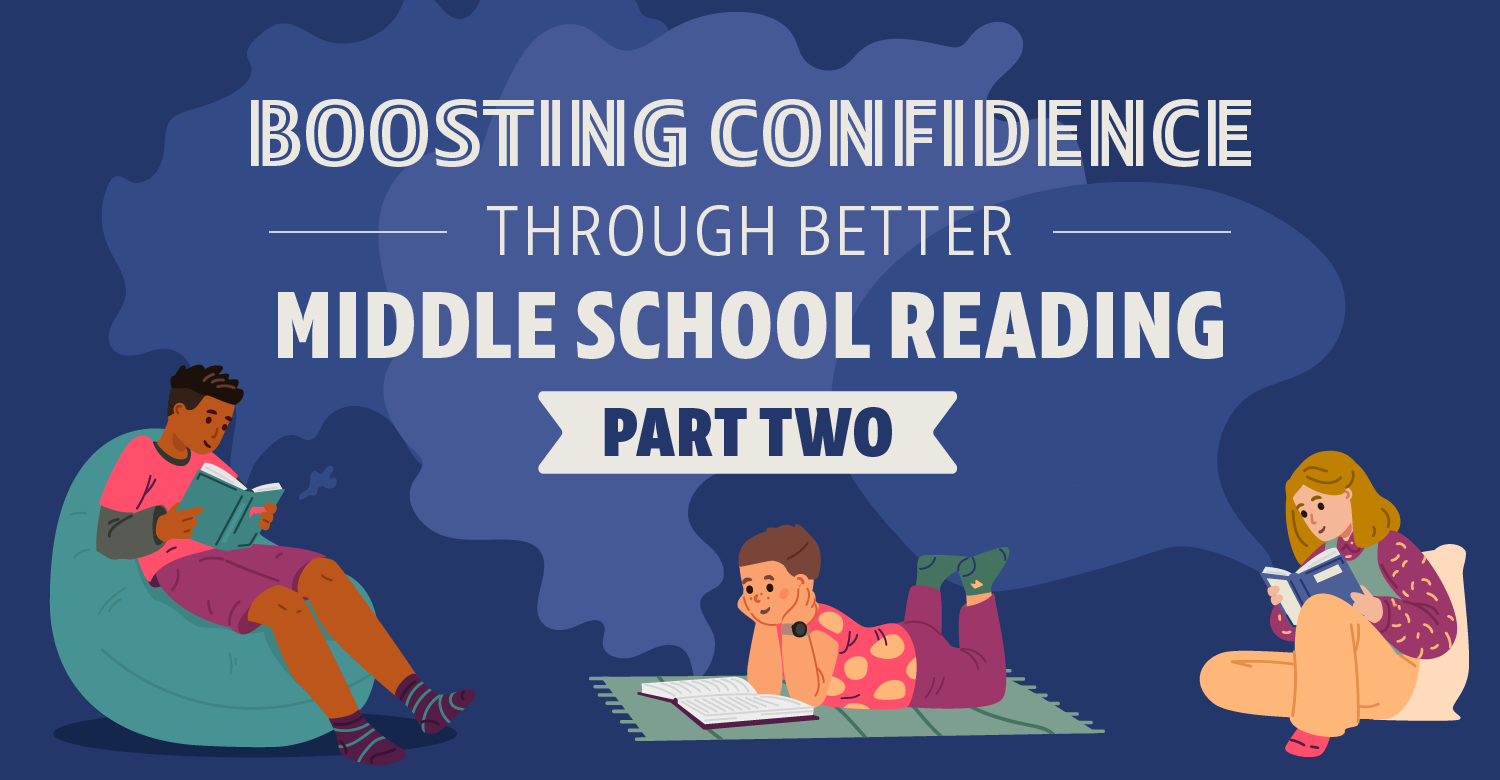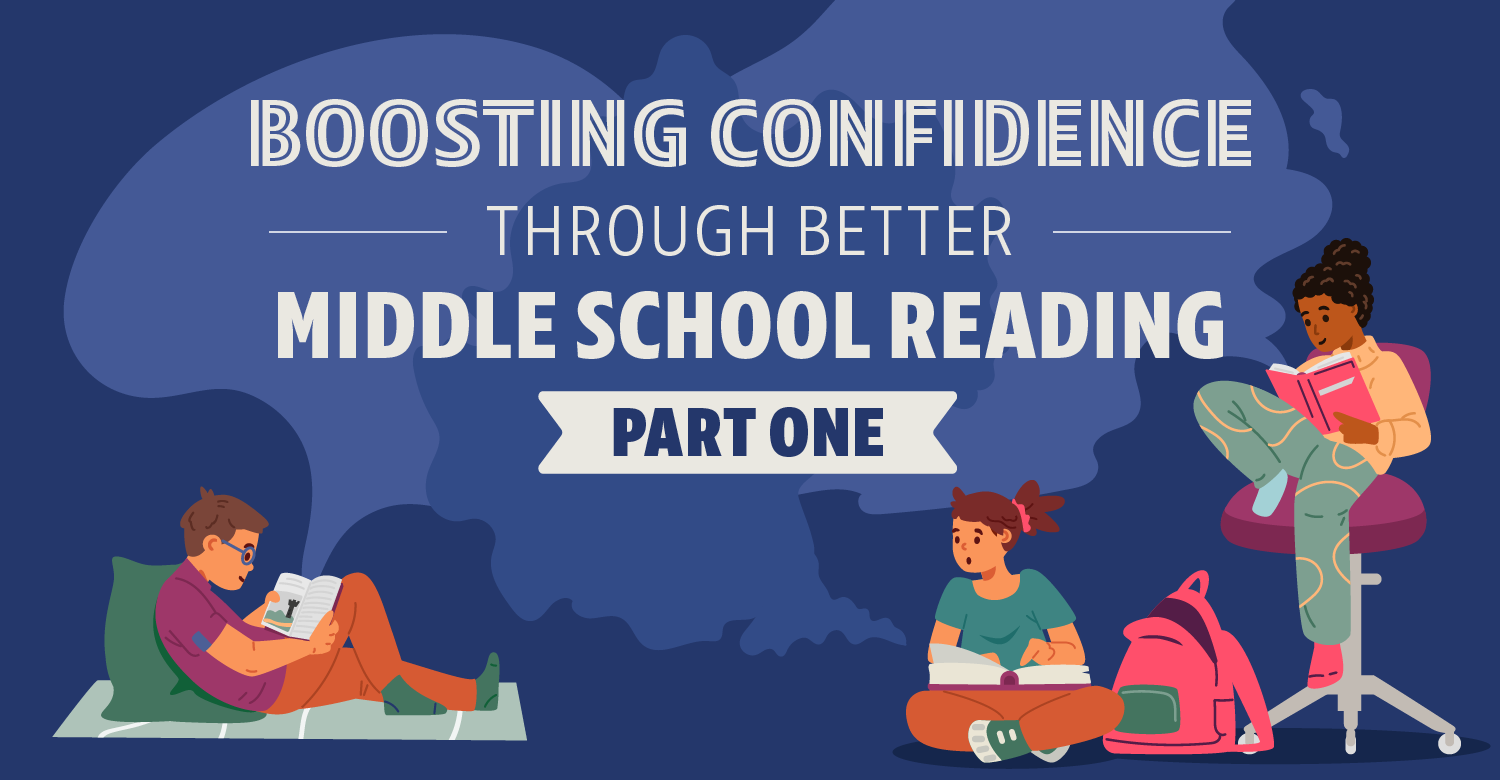There are no singletons in a small professional learning community
Is your school a small school? Here is a simple way to decide: Go to the school library or the largest classroom and look around. If you called a meeting right now, would all the certified educators (including elective and special education teachers) be able to comfortably sit down and work together? If the answer is yes, then your school is small—but together, your staff can still embrace the work of a professional learning community or PLC.
Large-school PLCs are often presented as the perfect model for the collaborative work of teacher teams. You’ll frequently see large-school examples of a team of third-grade teachers or a team of middle school physical education teachers.
According to the fourth edition of Learning by Doing, teacher teams in a PLC collaborate around the four critical questions of a PLC at Work® and decide together:
- What is it we expect our students to learn? (These are the essential learnings.)
- How will we know when they have learned it? (This is where teams collaboratively build common formative assessments.)
- How will we respond when some students do not learn? (Here, teams make plans to intervene and support students who are struggling with specific skills and concepts.)
- How will we respond when some students already know it? (Teams ensure students who are on track for proficiency have opportunities for extension or enrichment.)
But in a small-school PLC, the majority of teachers are “singletons,” each teacher being the only one in that grade level or course (e.g., Ms. Huang is the only educator teaching second grade or Mr. Jones is the only educator teaching algebra—and so on). Yet, the work of a high-performing PLC does not change according to the size of a school; the framework just shifts to emphasize learning together and being mutually accountable.
How are professional learning communities in smaller schools different?
| Small-School PLC | Large-School PLC |
| Vertical collaborative teams by content (P.E., math, ELA, science, etc.) | Same grade/course collaborative teams |
| Collaborative formative assessments (assessment items are peer reviewed by content team for alignment to essentials) | Common formative assessments (assessment items are created as a team and given on same date) |
| Mutual accountability with cohort assessment data | Mutual accountability with classroom assessment data |
| Building-wide SMART goals | Team SMART goals |
| Whole-school PLC roundtable to build shared knowledge | Building-level guiding coalition with grade/content representatives |
| Building-level teacher representatives sit on district guiding coalition (small district) | Building principal is district representative for PLC work (large district) |
One of the misconceptions that schools with smaller student and staff populations face is that all or most of the teachers in the school are labeled as “singletons” and therefore do not have a grade level or same course team to do the work of a PLC. This seems to indicate that the singleton teacher is on an island where they can opt out of the four critical questions and just continue to interpret the curriculum any way they see fit in their course or grade level. This is a fallacy and does a disservice to the original concept of a professional learning community where all teachers come together for collective inquiry and action research to improve their professional practices.
The truth is that every educator in a small school is responsible for creating a culture focused on student learning and being an active member of the schoolwide PLC. Every educator answers the four critical questions and uses specific and measurable results to determine if students are learning.
“The most promising strategy for sustained, substantive school improvement is developing the ability of school personnel to function as professional learning communities.”
—Professional Learning Communities at Work®: Best Practices for Enhancing Student Achievement
The tremendous power of vertical content teams for smaller schools
While larger schools can create collaborative teams from teachers in the same grade or course, schools with a smaller staff benefit from vertical content teams. These are the “singleton” educators that are teaching the same content—social studies, math, science, English, and so on—in grades K–6, 5–8, 7–12. By forming teams, these teachers can align essential learning and skills from grade to grade and course to course. Vertical content teams in small schools meet just as frequently as collaborative teams in bigger schools—at least weekly.
The vertical team identifies essential standards for each grade level, unpacks essential learning into skills, creates pacing plans for the essentials, builds collaborative outcome assessments, and brings their data back to the group to discuss the results student by student, skill by skill.
Collaborative end-of-unit assessments are built through vertical alignment of the skills identified in the essential learnings. Together the team identifies the learning targets embedded in essential standards and creates end-of-unit assessments specific to the skills by grade level or course. And as the vertical team works together, they develop common vocabulary specific to their content as well as a focus on domains/strands/themes that are specific to their courses.
The scaffolding of instruction from grade to grade and course to course in a small school creates a learning dynamic where students belong to all of the teachers, who are all equally invested in skill growth from year to year. Cohort data is treated like a 4×4 relay; each leg of the relay propels students towards grade level proficiency and mastery of essential skills.
Small-school professional learning communities need whole-school collab
In a whole-school PLC roundtable, all educators in the school come together to share their PLC observations and products at a weekly (minimum of 30 minutes) or monthly (minimum of 90 minutes) roundtable. Regardless of grade/course taught, each educator is asked to engage in meaningful professional inquiry and/or is asked to bring a specific example of their PLC work to each roundtable.
The whole-school PLC roundtable quickly becomes the engine that drives a small school’s PLC.
Roundtables at smaller schools work best when given specific focuses that correspond with the needs of the school year, such as having teachers share collaborative formative assessments in September or making a plan for reviewing end-of-year data in April.
There is no “right way” to decide on PLC Roundtable agenda items, except that they must align to the three big ideas (a focus on student learning, a culture of collaboration, and results) and four critical questions of a PLC.
The best way to handle true singletons
True singletons (teachers who are truly the only teacher in their content area in the entire school) can answer the four critical questions specific to their course with instructional resources and artificial intelligence tools. As singletons build out their products (essential standards, pacing guides, assessments), they will have many opportunities for professional feedback as PLC roundtables become embedded in the culture. After all, roundtables allow for peer review and feedback for all teachers.
A teacher does not have to be a singleton if there is anyone else in the building that teaches within the same department; these colleagues should work as a collaborative team, even if they teach different grade levels or different courses within the same department.
Each true singleton should have an accountability partner within the school. In most cases this will be another true singleton. Accountability partners walk through the four critical questions during team collaboration and offer each other professional feedback. They visit each other’s classrooms and become familiar with the evidence of effectiveness each teacher is monitoring.
The secret to transforming schools both big and small
Remember: The whole school is the professional learning community, and when the whole school works together on the PLC process, it transforms student learning and staff culture.
In a whole-school PLC:
- A collaborative culture is built that defines how professionals interact within the school
- Transparency becomes the norm as teachers openly discuss what and how students learn in every classroom across the school
- Teachers become comfortable and confident engaging in the process of learning together and getting better together
Teachers in a small-school PLC share the belief that “all students are our students!” There is no better place for educators to come together as professionals to form a community and learn together about best practices and ensure student success than a small school!
About the educator
Breez Longwell Daniels is the author of PLC at Work® and Your Small School. She has over 20 years of experience as a teacher, principal, and curriculum and professional learning coordinator at Hot Springs County School District #1 in Wyoming. She is a Solution Tree associate for PLC at Work and RTI at Work™, with a focus on small and rural schools.







